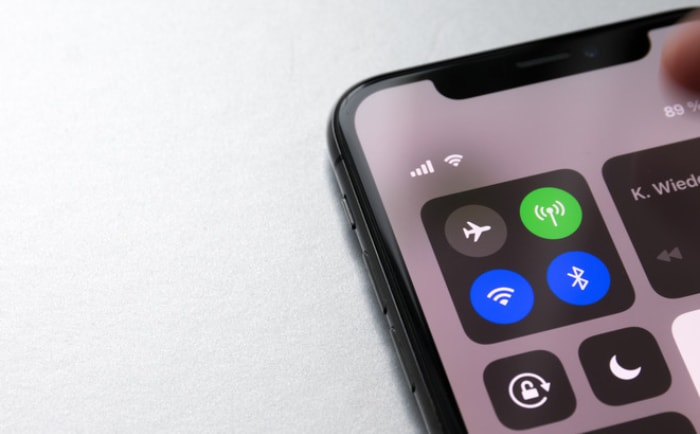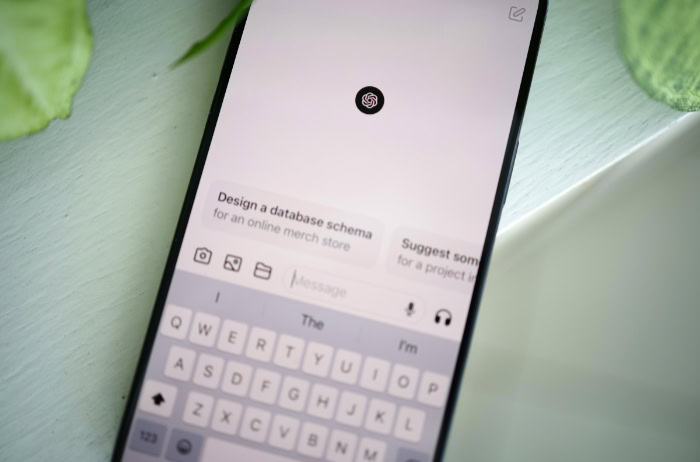OLED vs. Mini-LED vs. QLED: Which TV Display Stands Out?
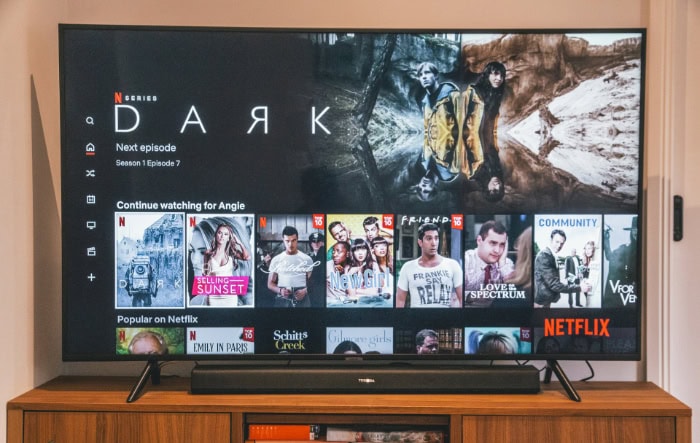
Trying to decide between an OLED, Mini-LED, or QLED TV can feel overwhelming once you start reading the specs or listening to sales pitches. Each technology creates stunning visuals in its own distinct way, from pixel-perfect blacks to jaw-dropping brightness and color.
These differences go beyond technical jargon and influence everything from movie nights to gaming sessions and how much you’ll pay at checkout. Some screens impress in dark rooms, others thrive in sunlit spaces, and features aimed at gamers or sports fans can swing your choice entirely.
How Each Technology Works
Choosing between OLED, Mini-LED, and QLED TVs starts with understanding the technology inside each screen. The way a TV creates light and color directly shapes everything from its contrast and brightness to overall viewing experience.
Every technology has its own approach to making images, and those differences affect both performance and price.
OLED (Organic Light-Emitting Diode)
OLED TVs stand apart thanks to their self-emissive pixels. Each pixel is made from organic materials that emit light when charged with electricity.
As a result, every single dot on the screen can turn on or off independently, producing true blacks and incredible contrast. No separate backlight is needed because the pixels themselves serve as the light source. This allows OLED panels to be impressively thin and flexible.
Because each pixel operates on its own, OLED displays are able to show brilliant highlights directly alongside areas of complete darkness, all without any halo or blooming effect. Movies, games, and shows gain a sense of depth and realism that many viewers quickly notice.
On top of that, OLED screens handle fast-moving scenes and wide viewing angles with ease, keeping colors vivid and motion smooth no matter your seating position.
Mini-LED (Advanced LCD)
Mini-LED TV technology takes the traditional LCD approach and brings it into the premium tier. Instead of using the larger, conventional LEDs found in standard LCD backlights, Mini-LED TVs pack thousands of tiny LEDs arranged in meticulously controlled zones behind the LCD panel.
Each group of LEDs forms a local dimming zone, which can be brightened or darkened separately to better match on-screen content.
By shrinking the size of the LEDs and increasing their number, Mini-LED TVs bring major improvements to black levels and brightness precision. Scenes with deep shadows and bright highlights look more realistic, with less distracting light bleeds or “blooming” around bright objects.
Mini-LED displays can also reach much higher peak brightness than OLED, making them a great choice in rooms with lots of natural light. They often include enhanced processing to further boost HDR effects and make colors pop.
QLED (Quantum-Dot LED LCD)
QLED, or Quantum-Dot LED, refers to LCD TVs that blend traditional LED backlighting with a quantum-dot layer. The quantum dots are microscopic nanocrystals that sit between the backlight and the LCD panel, transforming the light into a wider palette of vivid, accurate colors.
The result is an image with greater vibrancy and color range compared to older LCD designs.
QLED TVs use a standard LED backlight, so they do not reach the same black levels as OLED or advanced Mini-LED models, but their display of saturated colors is where they shine. Paired with high brightness, QLED screens make HDR content look especially impressive in well-lit environments.
Their use of quantum dots helps minimize color fade at wider angles and brings a touch of premium performance to mid-range and higher-priced TVs. Depending on panel type, viewing angles and contrast can vary, but improvements continue each year.
Picture-Quality Showdown
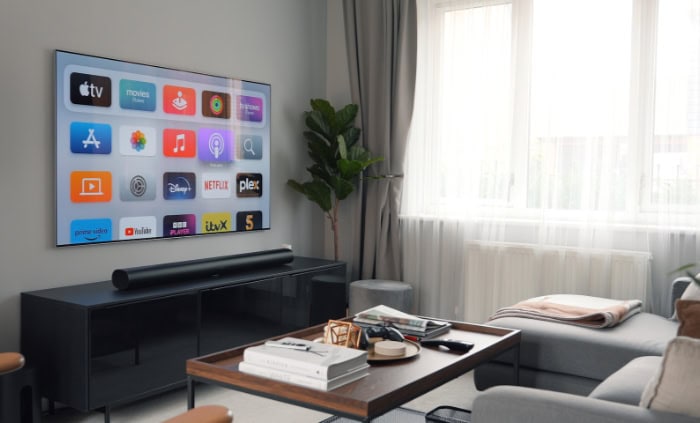
Shoppers often compare TV technologies based on how well they handle contrast, brightness, and color. Even a casual glance at high-quality video makes the differences between OLED, Mini-LED, and QLED clear.
The underlying tech influences how each screen manages deep shadows, vibrant highlights, and nuanced hues.
Contrast and Black Levels
OLED TVs have earned praise for their astonishingly deep, perfect blacks. With the ability to turn individual pixels completely off, OLED displays achieve true darkness in the parts of the image that need it most.
Shadows and dark movie scenes look rich and convincing, free of any distracting halos. Mini-LED models, with their thousands of tiny dimming zones, come impressively close.
While zones can independently dim for better contrast, faint light “blooming” sometimes appears around bright objects against dark backgrounds. QLED TVs, however, generally use fewer and larger dimming zones, which makes it harder to prevent light from slightly bleeding into dark areas.
That means deep shadows may show a subtle haze or gray tint, especially in challenging scenes.
Peak Brightness and HDR Pop
Brightness stands out as a major win for Mini-LED TVs. Packing a dense array of LED backlights allows Mini-LED TVs to reach exceptional peak brightness levels, making colors and highlights punch through even in sun-filled rooms.
QLED models also shine bright, often landing just behind Mini-LED in sheer nits but still producing impressive HDR effects. OLED panels, while no slouch in a dim environment, generally top out at lower peak brightness than their LED-LCD counterparts.
Scenes with flashing lights or sparkling reflections remain eye-catching on OLED, yet very bright rooms or direct sunlight can leave OLED screens feeling a touch dim compared to the intense highlights of Mini-LED and QLED.
Color Accuracy and Volume
Color is where all three technologies now compete at a high level. Quantum-dot technology gives QLED and many Mini-LED sets a major boost, delivering a wider, more vibrant spectrum of shades.
Rich reds, greens, and blues look natural and intense, with the picture maintaining its punch at high brightness. OLED TVs, especially those with advanced designs like QD-OLED or WRGB technology, have also closed the gap when it comes to color volume.
Their self-emissive structure helps prevent washout, keeping colors accurate from a variety of angles. The richest, most lifelike HDR content pops on all three, though QLED and Mini-LED tend to excel when both brightness and wide color are in demand.
Practical Viewing Considerations

The room you watch TV in, your seating arrangement, and how you use your television are just as important as picture specs. Factors like lighting, viewing angles, and durability can completely change the TV experience.
Many buyers find their priorities shift depending on habits, such as watching in a bright living space, gaming with friends, or binging late-night movies.
Room Lighting and Viewing Angles
OLED panels deliver top-tier consistency no matter where you sit. Colors and contrast remain vivid even when viewed far off to the side, making OLED a popular pick for family movie nights, parties, or unconventional room layouts.
Mini-LED TVs, built around LCD panels, generally offer moderate viewing angles. Most maintain strong picture quality within the main seating area, though image brightness and color can fade as you move further away.
QLED models sometimes use VA (Vertical Alignment) LCD panels, which can limit off-angle viewing. In setups with a wide seating arrangement, some QLEDs may look a bit washed out or lose vibrancy at extreme angles, although higher-end versions address this with special panel coatings or alternative panel types.
Room lighting further influences the experience. OLED performs best in low light, while brighter spaces are better handled by Mini-LED and QLED.
Motion Handling and Gaming
For gaming and fast-paced entertainment, response time and refresh rates are critical. OLED TVs lead with nearly instantaneous pixel response.
Fast action stays crisp, with little to no blur, and input lag is impressively low. Competitive gamers find this highly appealing.
Mini-LED TVs, particularly premium models, offer strong motion performance through high refresh rates of 120 or even 144Hz, along with features like VRR (Variable Refresh Rate) that can eliminate stutter and tearing in games. QLED displays vary widely; top-tier models include robust gaming features that rival or match Mini-LED, while entry-level versions may have higher input lag and less fluid motion.
Anyone serious about gaming or watching high-energy sports will notice these differences, especially on newer consoles or dedicated gaming rigs.
Burn-In and Long-Term Performance
Durability and lifespan also factor into practical choice. OLED technology faces challenges with static images: channel logos, scoreboards, and HUDs in games can leave faint remnants if left on-screen for extended periods.
Known as “burn-in” or image retention, this risk is low with ordinary daily use but remains worth noting for heavy news, sports, or gaming marathons. In contrast, Mini-LED and QLED TVs rely on LED backlights and LCD layers, so they do not suffer from burn-in.
Over time, they can keep their brightness and color without image retention issues, making them a safer bet for round-the-clock use or as shared family screens.
Cost and Value Analysis
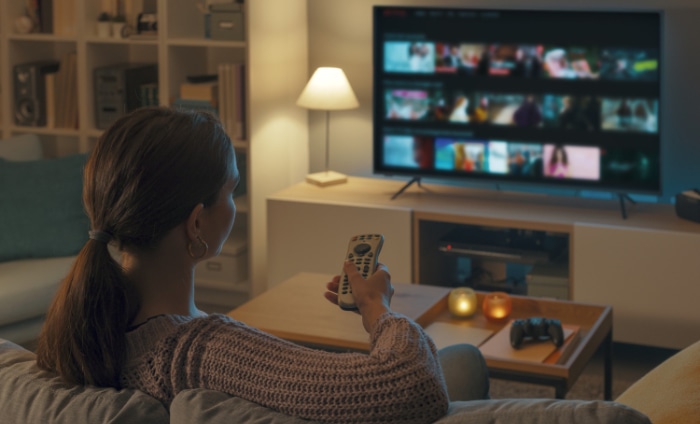
TV shoppers often weigh performance against price, but the value equation shifts as you compare OLED, Mini-LED, and QLED across different screen sizes and feature sets. Factors like up-front cost, included technology, and ongoing energy use influence the real investment over time.
Price Tiers by Screen Size
The choice between OLED, Mini-LED, and QLED often comes down to budget, especially as you move up to larger screen sizes. At the 55-inch level, QLED models typically offer the lowest entry price among the three technologies.
Mini-LED TVs, leveraging their more advanced backlight systems, usually cost a bit more but remain accessible in popular sizes. OLED televisions start noticeably higher in price, even at smaller sizes, mainly due to the complexity and cost involved in manufacturing self-emissive panels.
At 65 inches, the gap widens further, with QLEDs remaining wallet-friendly, Mini-LEDs filling the middle tier, and OLEDs clearly occupying the top end of the market. Stepping up to 75 inches, prices climb across the board, but OLED premiums become especially apparent.
The cost difference makes QLED and Mini-LED appealing for those looking to maximize screen real estate without stretching the budget too far, while OLED’s price reflects its focus on premium performance.
Feature-for-Dollar Comparison
Higher prices don’t always guarantee the best viewing experience. QLED TVs, especially at the entry and mid-levels, often deliver excellent brightness, solid smart features, and decent gaming options for the money spent.
Mini-LED models, while coming in at a higher starting price, usually add better local dimming control, improved HDR, and finer brightness handling, making them a solid pick for living rooms with varied lighting.
OLED commands a significant price premium but delivers perfect black levels, superb contrast, and elite off-angle performance. For shoppers willing to pay extra, OLED becomes the favored choice for movie lovers or those seeking a home theater look.
Still, buyers may sacrifice highest-in-class peak brightness or pay more per square inch compared to Mini-LED or QLED.
Extra features such as high refresh rates, advanced HDMI ports, and gaming-specific technologies are distributed unevenly across ranges. Budget models may lack some premium features, while top-tier Mini-LED and QLED TVs start to close the gap with OLED in several categories, offering attractive alternatives for feature-conscious buyers.
Energy Consumption
Electricity usage might not be the top factor during purchase, but it does matter in the long run, especially for heavy viewers or those concerned with power bills. OLED TVs tend to use less energy during dark scenes and night viewing, since each pixel can turn off entirely, drawing very little power.
Mini-LED and QLED TVs, driven by full-panel LED backlights, typically use more energy overall, particularly when displaying bright content or operating in well-lit spaces.
Recent advances, however, mean that LED-based TVs are quickly narrowing the efficiency gap. Improved panel materials and smarter brightness management are making newer Mini-LED and QLED models noticeably more efficient, even as they boost picture brightness for HDR and daylight use.
That said, those looking for the lowest energy draw in dim or movie-centric environments may still find OLED has a slight advantage.
Choosing the Right Tech for Your Needs

No single TV technology serves every viewer in every room equally well. The trick is to match each display’s strengths to your preferences, environment, and viewing habits.
Deciding where you spend most of your screen time, whether watching movies, catching the big game in a sunny living room, or trying to get the best value, can clarify which display fits your lifestyle best. It’s rarely about “better” or “worse” in isolation; instead, it’s about alignment between your practical needs and what the technology does best.
Cinematic Enthusiasts
Movie lovers seeking a true home theater experience gravitate toward OLED. The unmatched black levels, infinite contrast, and accurate color reproduction turn dark-room viewing into something special.
Details in shadows and subtle lighting cues in film scenes show up beautifully, lending real depth to picture quality. Watching movies at night benefits most from OLED’s ability to handle both dim and intensely bright images with pinpoint accuracy, making every movie marathon a little more immersive.
Bright-Room or Sports Fans
Not every living room can be perfectly dark, and sometimes a crowd is spread across couches for a big game or daytime binge. Mini-LED and QLED TVs deliver high luminance, making them ideal for brightly lit spaces where sunlight or strong lamps might otherwise detract from picture enjoyment.
Their brilliant screens cut through ambient light, keeping vibrant color and crisp clarity. Sports fans will also appreciate the smooth motion and wide HDR pop, with Mini-LED taking a slight edge in controlling bright highlights during fast action. Viewing angles are generally solid, especially in high-end models.
Budget-Conscious Shoppers
Finding a balance between price and performance is crucial for many buyers. Mid-range QLED TVs often hit the sweet spot, offering good brightness, strong colors, and modern smart features for less than Mini-LED or OLED options.
Entry-level Mini-LED models are becoming increasingly accessible too, granting some of the brightness and local dimming benefits of more premium displays without a steep price jump. Those who prioritize screen size over exotic display features may get the best value from QLED, while anyone seeking a taste of high-end display technology at a manageable price should keep an eye on sales of last year’s Mini-LED or smaller OLED models.
Conclusion
Choosing a new TV often feels complicated, but recognizing the core strengths and weaknesses of OLED, Mini-LED, and QLED can bring real clarity. OLED excels in dark-room settings with its perfect blacks and cinematic performance, making it a clear favorite for movie buffs.
Mini-LED and QLED displays shine in brighter spaces, thanks to their powerful brightness and impactful color, while also offering broader options for big screens and lower budgets. Cost often tracks with performance; the most lifelike picture may carry a premium, but well-equipped QLED and Mini-LED models deliver impressive value.

